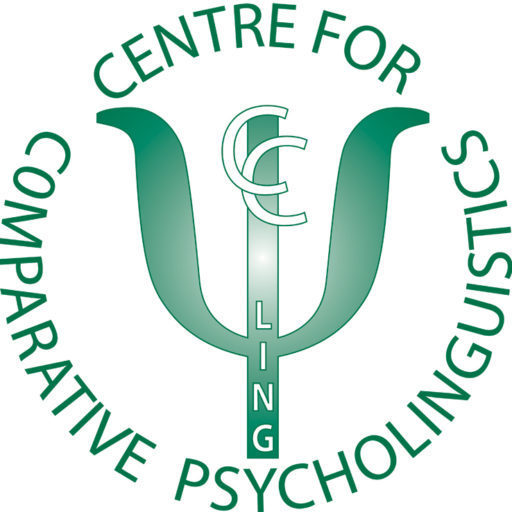Juhani Järvikivi (University of Alberta)
Vincent Porretta (University of Alberta)
This course provides an introduction to both the Visual World Paradigm (VWP) and pupillometry, two eye-tracking methods that focus primarily on spoken language processing. VWP presents participants with pictures (or videos) on the screen, while listening to spoken stimuli, making it well suited to the investigation of: lexical, sentential, and discourse processing, the interaction between visual and linguistic information and online comprehension in young children and other non-university populations. Pupillometry measures changes in pupil dilation as an index of cognitive processing demands related to spoken language processing. Because pupillary response can be measured non-invasively and without the need for an overt, voluntary response, the method has become more popular in the field of psycholinguistics. This course will provide a broad overview of both methods with both conceptual and practical training. The course will consist of 3 subparts. In the first part, we will provide an introduction to both methods including the relevant eye-tracking measures. The second part will be a hands-on introduction to operating an eye-tracker for collecting both Visual World data and pupillary response. Additionally, we will examine and discuss how to prepare the eye-tracking data for analysis, which involves exporting and preprocessing the data. In the third part of the course we will discuss both conceptual and practical considerations for experimental design as well as for analyzing the time-series data which result from both methods. There is no prerequisite for this course.
